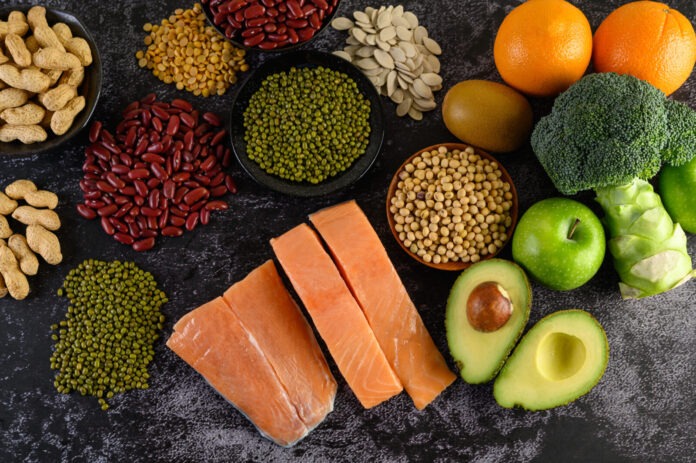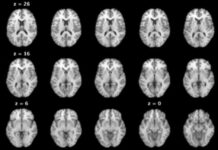Let’s be honest: protein has been having a bit of a moment — and it deserves it. Whether you’re someone who lives in the gym or someone whose main exercise is walking to the mailbox, protein is a game changer for your health. It’s not just about biceps and six packs. It’s about staying strong, energized and feeling like your best self, whether you’re 25 or 75.
Protein is made up of amino acids, the building blocks your body uses to create, repair and maintain just about everything — muscles, skin, hair, nails, hormones, even your immune system. If you’re skimping on protein, your body is basically trying to build a house without enough bricks.
So how much do you really need? It depends. For most generally healthy adults who aren’t super active, 0.5 grams per pound of body weight per day is a good baseline. If you weigh 150 pounds, that’s about 75 grams daily — enough to cover basic repair and maintenance without stressing about it.
But if you’re exercising regularly, trying to get stronger, recovering from surgery or noticing that your jeans are fitting a little differently as the years go by, your needs can go up. Resistance training in particular creates tiny microtears in your muscles that need extra protein to rebuild. For active folks, 0.8–1.0 grams per pound is more appropriate. That means a 150-pound person might be aiming for 120 to 150 grams a day.
And if you’re really pushing it — think serious athletes, older adults trying to fight off muscle loss or anyone on a weight-loss plan who wants to hang onto lean muscle — you might need even more. Around 1.2 to 1.5 grams per pound is fair game in these situations. Yes, that’s a lot of chicken breast and cottage cheese, but the payoff is real: more muscle, better recovery and a stronger metabolism.
Not all protein is created equal, though. Complete proteins contain all nine essential amino acids your body can’t make on its own. These usually come from animals — eggs, dairy, poultry, fish, beef and good old whey protein powder. They’re efficient, convenient and easy to absorb.
Then you’ve got incomplete proteins, which are missing one or more essential amino acids. Most plant-based sources — beans, lentils, nuts, seeds, whole grains — fall into this camp. The good news? Combining them fills in the gaps. For example, rice and beans together become a complete protein powerhouse. Quinoa and soy products like tofu and tempeh are also strong plant-based options if you prefer to skip the meat.
If you’re trying to level up your protein, here’s a pro tip: don’t dump it all into one giant dinner. Spread it evenly across your meals to keep your body humming all day. Breakfast could be Greek yogurt with berries and walnuts or scrambled eggs with veggies. Lunch and dinner might look like grilled salmon, a lentil stew or a tofu stir fry. Even snacks can chip in – think cottage cheese, roasted chickpeas or a protein smoothie.
And no, protein isn’t just for gym buffs. It helps kids grow, helps older adults stay independent and keeps everyday humans feeling their best. Even if the most strenuous thing you lift is your laptop, getting enough protein helps you hang onto muscle and keep your metabolism from slowing down.
The bottom line: Protein isn’t a trend. It’s a lifelong essential, like water, fresh air and that morning coffee you can’t live without.
























